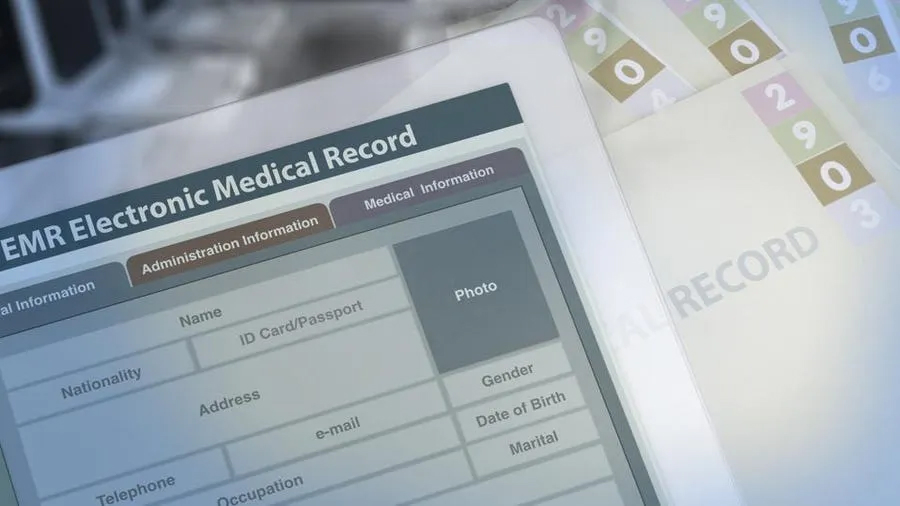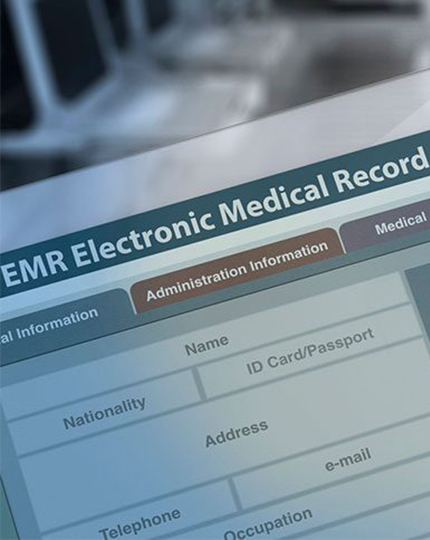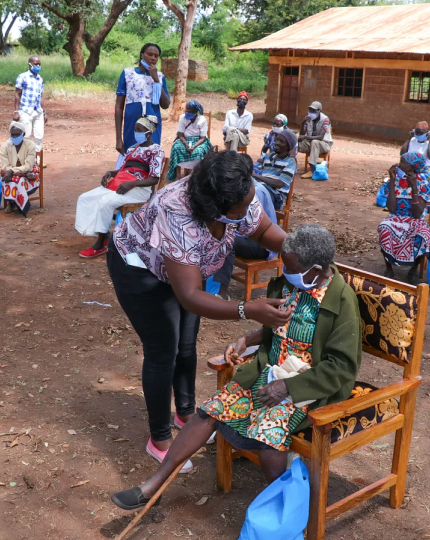Medical missions play a vital role in providing healthcare services to communities that lack access to basic medical care. These missions are often conducted in remote or underprivileged areas, where healthcare infrastructure is insufficient, and healthcare professionals are scarce. Despite the challenges, medical missions have a significant impact on the lives of the people they serve, as they provide much-needed medical care, education, and awareness.
Challenges Faced by Traditional Medical Missions
Medical missions face several challenges that can hinder their ability to provide effective healthcare services. One of the biggest challenges is the lack of adequate medical records. Medical missions often rely on paper-based medical records, which can be easily lost, damaged, or stolen. Moreover, paper-based medical records are time-consuming and can lead to errors, as they require healthcare professionals to manually record and update patient information.
What is an EMR?
An integrated electronic medical record (EMR) system can help medical missions overcome these challenges and improve their ability to provide effective healthcare services.
An EMR is a digital version of a patient’s medical information that is stored electronically. EMRs contain important information about a patient’s health history, including diagnoses, medications, lab results, allergies, immunizations, and treatment plans. They are used by healthcare providers to document and manage patient care, streamline communication between providers, and improve patient outcomes.
EMRs, like Ophy Care, are designed to be easily accessible to authorized healthcare providers, allowing them to quickly and accurately review a patient’s medical history and make informed decisions about their care. They can also be used to identify trends and patterns in patient data, which can be used to improve patient care and population health.

How can EMRs Benefit Medical Mission
Here are some of the ways an integrated EMR can help medical missions:
1. Improved Data Accuracy and Completeness
An integrated EMR can help medical missions improve the accuracy and completeness of patient data. With paper-based medical records, healthcare professionals may miss important details or make errors when recording patient information.
However, an integrated EMR system provides healthcare professionals with structured data entry fields, ensuring that all required patient data is captured accurately and completely. Moreover, the system can flag any missing or incomplete data, prompting healthcare professionals to update the record.
2. Real-Time Access to Patient Data
An integrated EMR provides healthcare professionals with real-time access to patient data, regardless of their location. This is particularly important for medical missions, where healthcare professionals may be working in remote or underprivileged areas.
With an integrated EMR, healthcare professionals can access patient data from any device with an internet connection, allowing them to make informed decisions about patient care.
3. Improved Patient Safety and Quality of Care
An integrated EMR can help medical missions improve patient safety and the quality of care provided. With real-time access to patient data, healthcare professionals can quickly identify any allergies, medical conditions, or medication interactions that may affect patient care.
Moreover, an integrated EMR can provide decision support tools, such as alerts and reminders, to guide healthcare professionals in making informed decisions about patient care.
4. Improved Patient Outcomes
An integrated EMR can help medical missions improve patient outcomes by providing healthcare professionals with access to patient data that can inform their treatment decisions. With an integrated EMR, healthcare professionals can track patient progress over time, monitor the effectiveness of treatments, and make adjustments as necessary.
Moreover, an integrated EMR can provide healthcare professionals with access to evidence-based treatment guidelines, ensuring that patients receive the most appropriate and effective treatments.
5. Enhanced Collaboration and Communication
An integrated EMR can help medical missions enhance collaboration and communication among healthcare professionals. With an integrated EMR, healthcare professionals can share patient data and treatment plans in real-time, regardless of their location. This can improve the coordination of care, reduce the risk of errors, and ensure that patients receive consistent care across different healthcare professionals.
6. Improved Efficiency and Cost-Effectiveness
An integrated EMR can help medical missions improve efficiency and cost-effectiveness by reducing the time and resources required for manual record-keeping. With an integrated EMR, healthcare professionals can quickly and easily record patient data, eliminating the need for paper-based records.
Moreover, an integrated EMR can provide automated tools, such as appointment scheduling and prescription management, reducing the time and effort required for administrative tasks.
Concluding Thought
Considering all the benefits the EMR technology offers, we can comfortably say that the only way forward for Medical Missions and other healthcare provider organizations seems to shift their records to virtual cloud-based databases. Not only will it enable them to provide better quality healthcare, but it will also reduce the time and cost required to manage all the patient data significantly.
Companies, such as Ophy Care, are leading the industry with their EMR technology and telehealth infrastructure. These innovations are enabling medical providers to deliver healthcare services in ways never imagined before.


